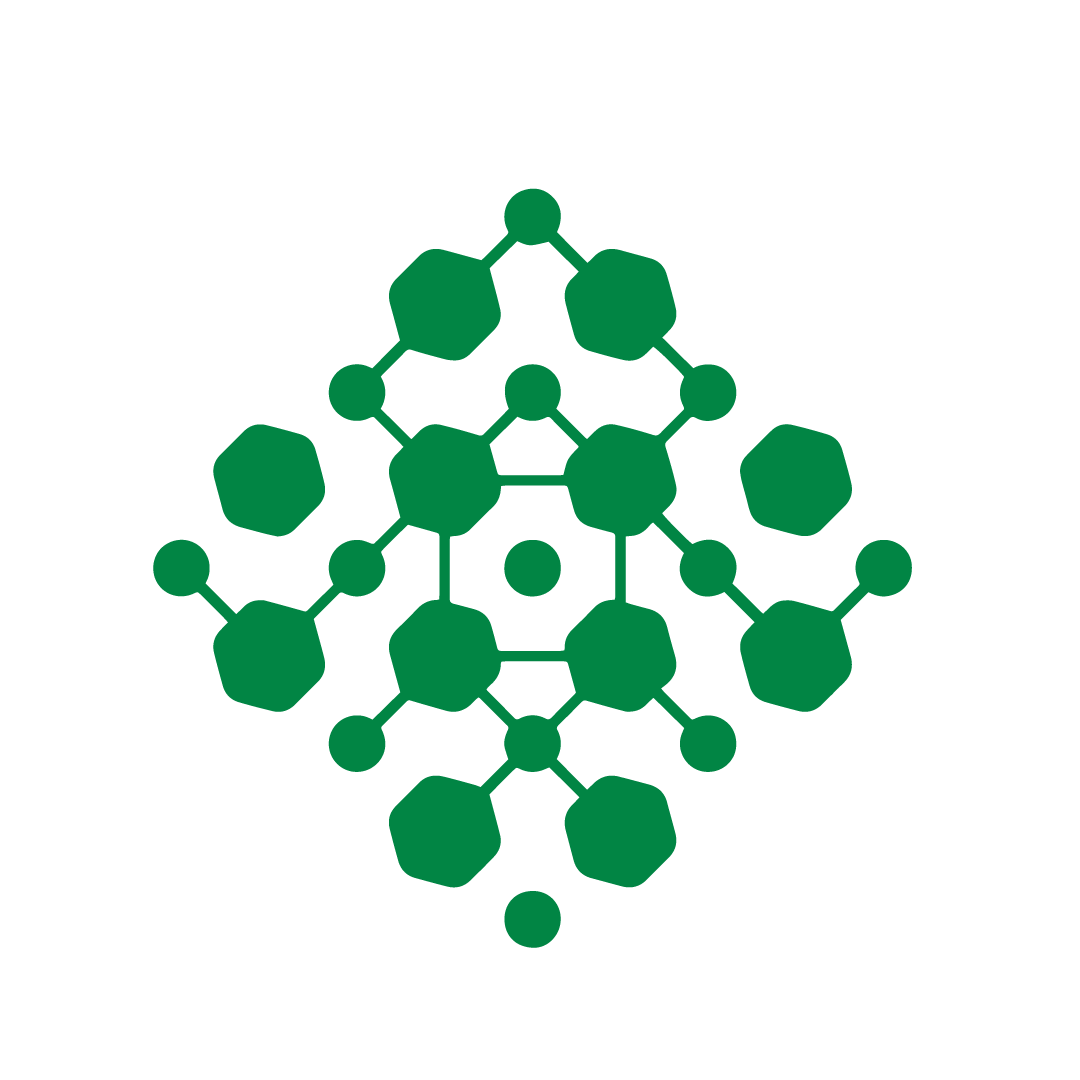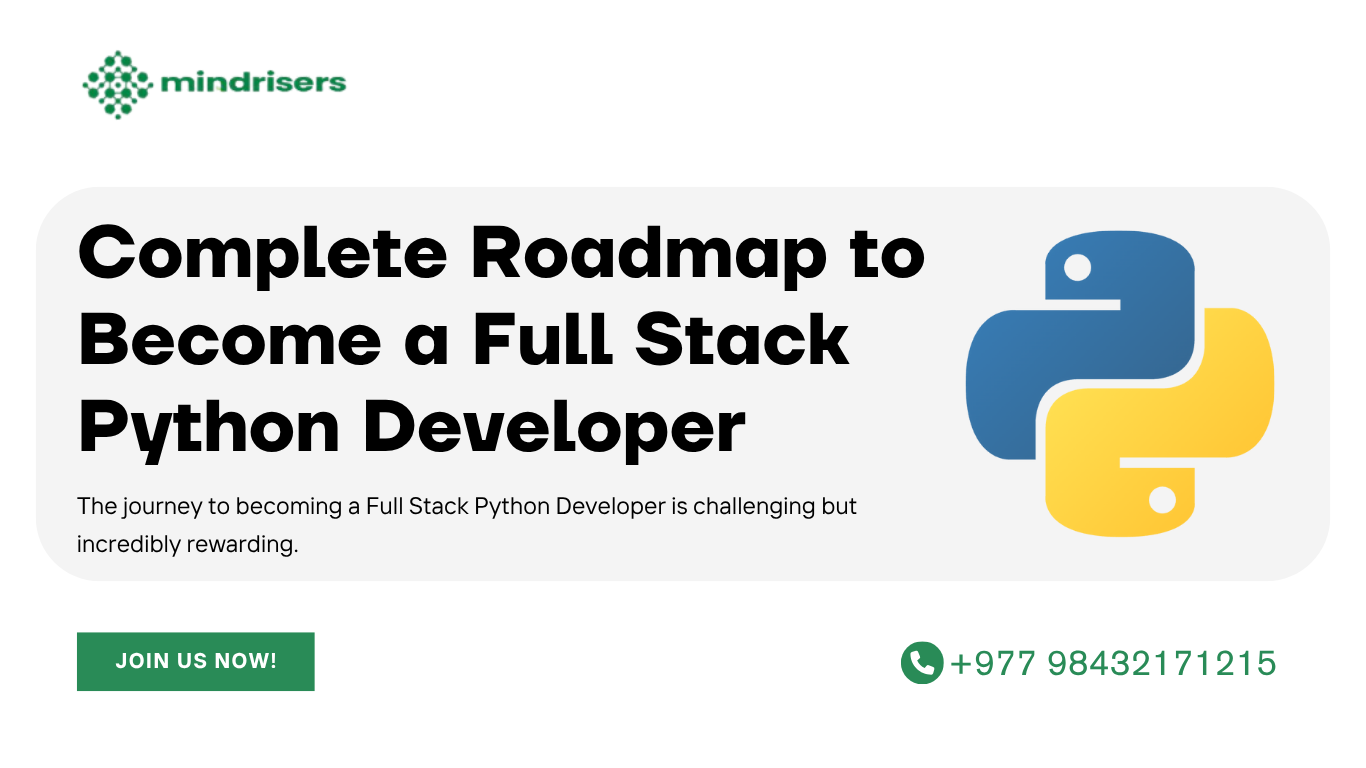
Kevin Joshi - Author
2025-10-14
In this guide, we'll show you the complete python full stack developer roadmap that will take you from beginner to professional. Whether you're a student or someone looking to switch careers, this step-by-step guide will help you understand exactly what you need to learn.
- What a Full Stack Python Developer does
- The complete learning roadmap (front-end and back-end)
- Salary expectations and job opportunities
What is a Full Stack Python Developer?
A Full Stack Python Developer is someone who can build both the front-end (what users see) and back-end (server, database, and logic) of websites and web applications. Think of it like building a car – you need to know how to design the body (front-end) and how to build the engine (back-end).
Why Choose Python for Full Stack Development?
Python is one of the easiest programming languages to learn. It's like learning English compared to learning ancient Greek! Here's why Python is perfect for beginners:
-
Easy to read and write – Python code looks almost like plain English
-
Huge community – Millions of developers use Python, so you'll always find help
-
Versatile – You can build websites, apps, games, and even work with AI
-
High demand – Companies around the world are hiring Python developers
The Complete Python Full Stack Developer Roadmap
Let's break down the roadmap for python web development into clear, manageable steps. We'll divide this into three main sections: Front-end, Back-end, and Additional Skills.
Phase 1: Master the Front-End
The front-end is everything users see and interact with on a website. Think of YouTube's homepage, Instagram's feed, or your school's website – that's all front-end!
Step 1: HTML – The Building Blocks
HTML (HyperText Markup Language) is like the skeleton of a website. It gives structure to web pages.
What You'll Learn:
- Creating headings, paragraphs, and lists
- Adding images and videos
- Creating links between pages
- Building forms (like login and signup pages)
- Understanding semantic HTML
Step 2: CSS – Making Things Beautiful
CSS (Cascading Style Sheets) is like the clothing and makeup for your HTML skeleton. It makes websites look attractive.
What You'll Learn:
- Changing colors, fonts, and sizes
- Creating layouts and positioning elements
- Building responsive designs (websites that work on phones and tablets)
- CSS Flexbox and Grid for modern layouts
- Animations and transitions
Step 3: JavaScript – Adding Interactivity
JavaScript is the brain that makes websites interactive. When you click a button and something happens, that's JavaScript!
What You'll Learn:
- Variables, data types, and operators
- Functions and loops
- Working with the DOM (Document Object Model)
- Handling user events (clicks, scrolls, keyboard input)
- Making websites interactive
- Basics of modern frameworks like React (optional but recommended)
Phase 2: Master the Back-End with Python
The back-end is the behind-the-scenes magic that makes websites work. It handles data, security, and business logic.
Step 4: Python Fundamentals
Before you can build websites with Python, you need to learn the language itself.
What You'll Learn:
- Variables, data types, and operators
- Conditional statements (if/else)
- Loops (for and while)
- Functions and modules
- Object-Oriented Programming (OOP)
- File handling
- Error handling
Step 5: Django Framework – Your Power Tool
Django is the most popular Python framework for building websites. It's like having a toolbox full of pre-made tools that make your job easier.
What You'll Learn:
- Setting up Django projects
- Understanding the MVT architecture
- Creating views and templates
- URL routing
- User authentication (login/logout)
- Django admin panel
- Static files and media handling
Step 6: Databases – Storing Information
Databases are like filing cabinets that store all your website's information – user accounts, posts, comments, etc.
What You'll Learn:
- SQL basics (the language of databases)
- Database design and relationships
- Working with MySQL
- Django ORM (Object-Relational Mapping)
- CRUD operations (Create, Read, Update, Delete)
- Database migrations
Step 7: APIs – Connecting Applications
APIs (Application Programming Interfaces) allow different applications to talk to each other, like WhatsApp connecting to your phone's camera.
What You'll Learn:
- RESTful API concepts
- Django REST Framework
- Creating and consuming APIs
- JSON data format
- Authentication tokens
Phase 3: Essential Additional Skills
These skills will make you stand out from other developers and get you hired faster.
Step 8: Version Control with Git
Git is like a time machine for your code. It helps you track changes and collaborate with other developers.
What You'll Learn:
- Basic Git commands
- Creating repositories
- Branching and merging
- Using GitHub or GitLab
- Collaborating with teams
Step 9: Deployment – Making Your Website Live
Deployment means putting your website on the internet so everyone can use it.
What You'll Learn:
- Understanding web servers
- Deploying to platforms like Heroku, DigitalOcean, or AWS
- Domain names and hosting
- Environment variables
- Basic server security
Step 10: Testing and Best Practices
Professional developers write tests to make sure their code works correctly.
What You'll Learn:
- Unit testing in Python
- Django testing
- Writing clean, readable code
- Code documentation
- Debugging techniques
Full Stack Python Developer Salary in Nepal and Globally
One of the best things about becoming a developer is the earning potential!
Full Stack Python Developer Salary in Nepal
If you're looking for full stack python programming training in Nepal, you'll be happy to know that the tech industry is growing fast!
Entry-Level (0-1 year):
- Salary Range: NPR 25,000 - 40,000 per month
- After completing training and building 2-3 projects
Mid-Level (1-3 years):
- Salary Range: NPR 50,000 - 100,000 per month
- With solid experience and good portfolio
Senior Level (3+ years):
- Salary Range: NPR 100,000 - 200,000+ per month
- With expertise in multiple technologies
Global Salary Expectations
United States:
- Entry-Level: $60,000 - $80,000 per year
- Mid-Level: $80,000 - $120,000 per year
- Senior-Level: $120,000 - $160,000+ per year
Remote Work Opportunities: Many Nepali developers work for international companies remotely (Leapfrog Technology, Cedar Gate Nepal) and earn ~ $10,000 per year, which is excellent in local currency!
Python Full Stack Developer Jobs: What Opportunities Await?
The demand for python full stack developer jobs is growing rapidly. Here's where you can work:
Job Opportunities in Nepal
- Tech Companies – Leapfrog Technology, Deerwalk, CloudFactory
- Startups – Many new startups need full stack developers
- Banks and Financial Institutions – Digital banking needs developers
- E-commerce Companies – Online shopping platforms
- Freelancing – Work for international clients from home
Job Titles to Look For
- Full Stack Python Developer
- Django Developer
- Python Web Developer
- Backend Python Developer
- Software Engineer (Python)
Skills Employers Look For
- Strong Python and Django knowledge
- Front-end skills (HTML, CSS, JavaScript)
- Database management
- Git and version control
- Problem-solving ability
- Communication skills
- Portfolio of projects
Learning Resources: Practice Platforms
Practice Platforms:
-
GitHub – Build projects and create portfolio
-
Codepen – Practice front-end skills
-
HackerRank – Practice Python problems
-
LeetCode – Coding challenges
Training in Nepal: Looking for full stack python programming training in Nepal?
Looking to master full stack Python programming in Nepal? Mindrisers offers a comprehensive training program designed to help you become a skilled Full Stack Python Developer.
With over 5 years of experience providing Python with Django training, Mindrisers has established itself as a trusted name in tech education. In response to the growing demand for full stack Python developers, we are proud to introduce Nepal’s first-ever Full Stack Python Programming training in Nepal.
While several institutes offer Python and Django courses, Mindrisers stands out by providing a complete end-to-end full stack curriculum, equipping students with both front-end and back-end development expertise.
Common Mistakes to Avoid
Mistake 1: Tutorial Hell
Don't just watch tutorials forever. Start building projects after learning basics.
Mistake 2: Trying to Learn Everything
Focus on the roadmap above. Don't jump to AI, Machine Learning, or other topics until you master full stack development.
Mistake 3: Not Building Projects
Your projects are your proof of skills. Build, build, build!
Mistake 4: Learning Alone
Find a study buddy or join a community. Learning with others is faster and more fun.
Mistake 5: Perfectionism
Your first projects will be messy. That's okay! Start building and improve as you go.
Mistake 6: Lack of Certification
Many programmers are self-taught and spend years struggling because they don’t have professional guidance. Most of their projects are done through trial and error, which slows their progress.
By joining the Full Stack Python Programming Training in Nepal by Mindrisers, you can follow a clear and structured path toward success. Getting certified helps you build real skills, gain confidence, and open doors to better career opportunities.
Recent Post
View All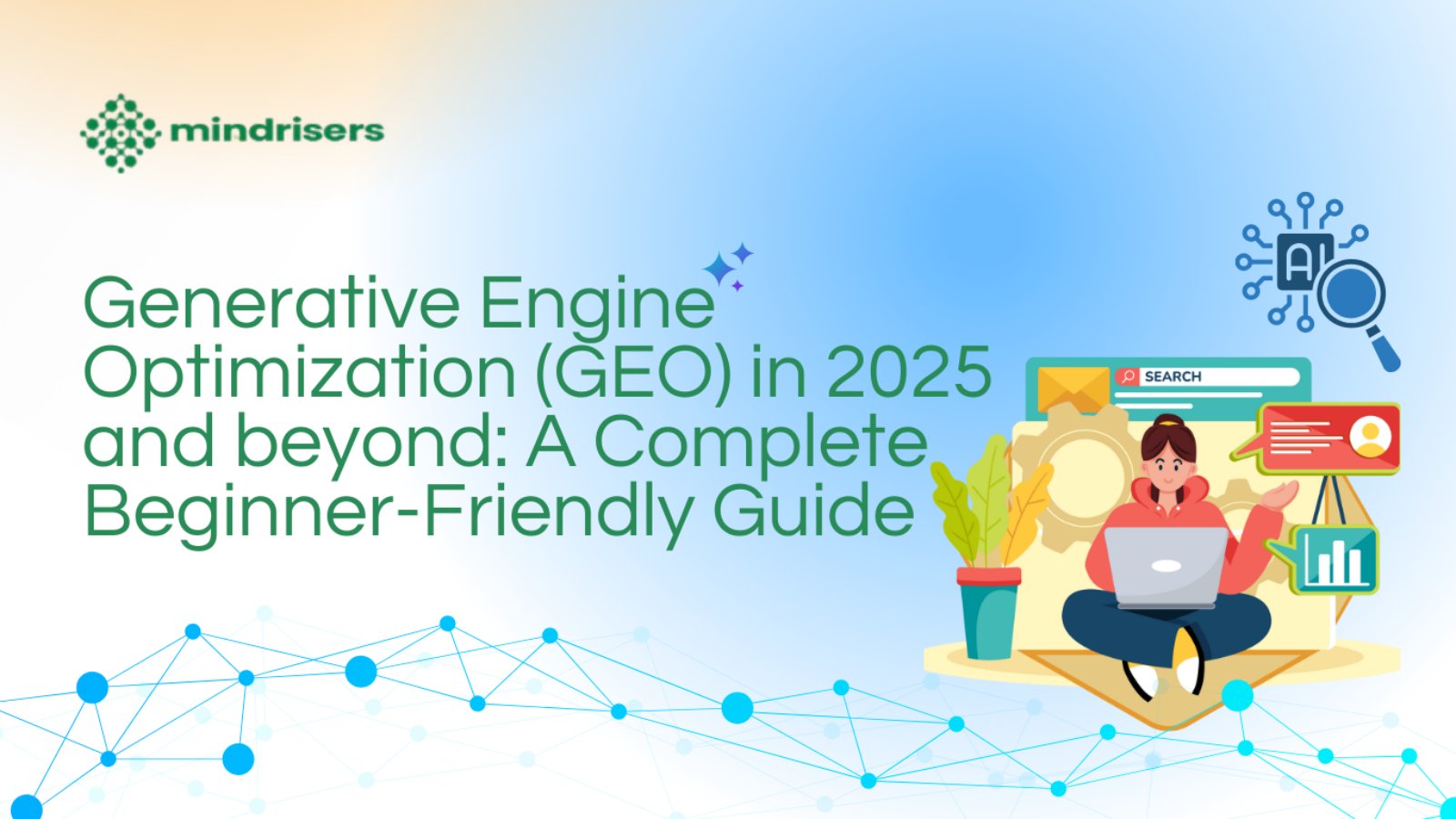
Generative Engine Optimization (GEO) in 2025 and beyond: A Complete Beginner-Friendly Guide
2025-12-02.663 Views
Complete Roadmap to Become a Full Stack Python Developer
2025-10-14.1044 Views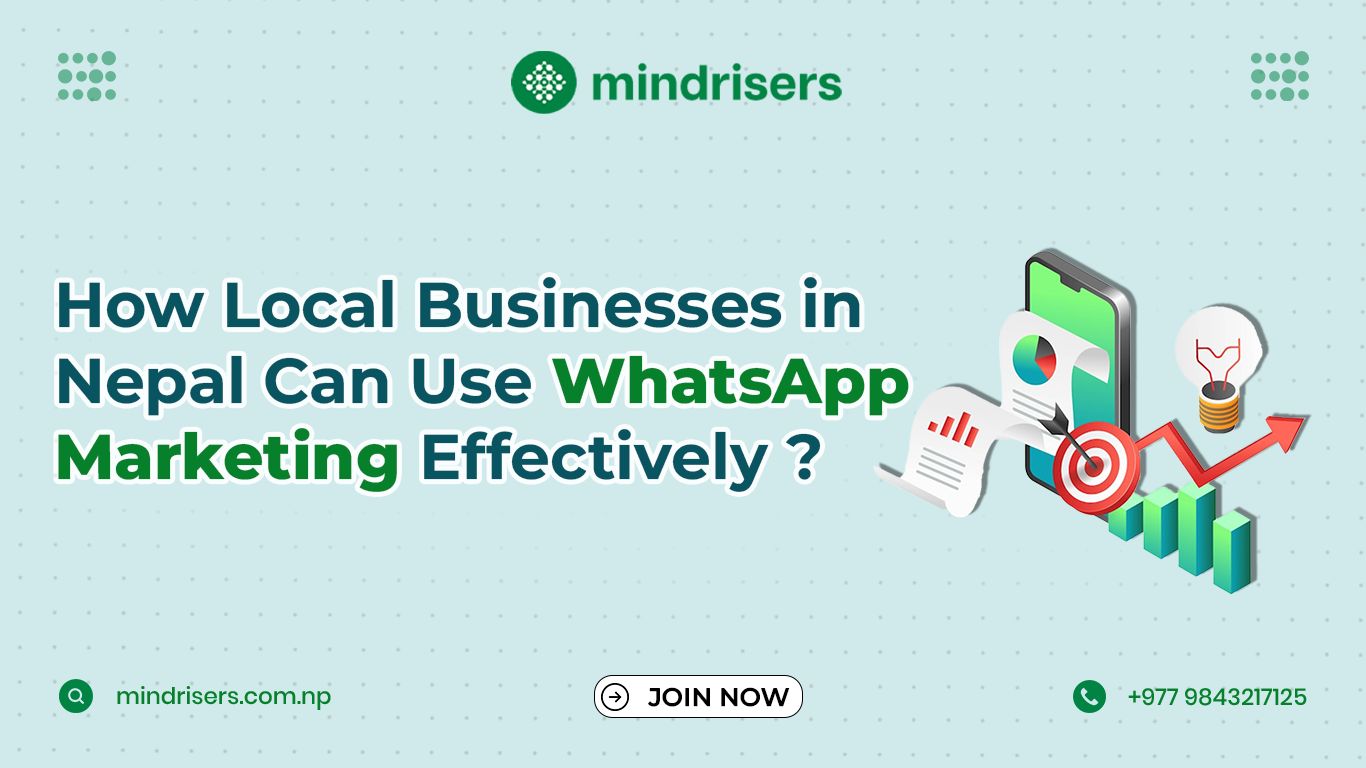
How Local Businesses in Nepal Can Use WhatsApp Marketing Effectively
2025-08-18.1669 Views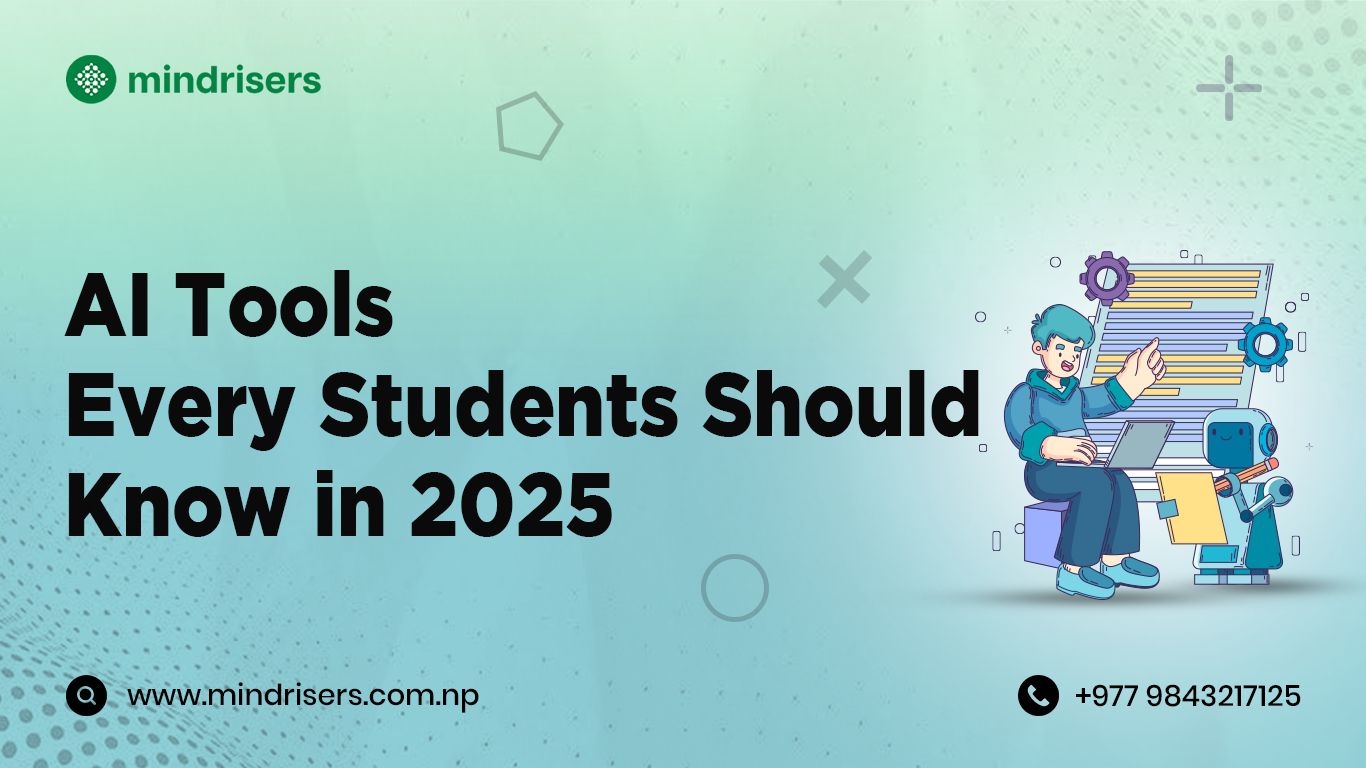
AI Tools Every Students Should Know in 2025
2025-08-18.1591 Views
Never miss an Opportunity !
Want to learn TOP 2025 IT Skills ?
We open IT skill classes Monthly in Design, Development, Deployment, Data etc.
Have something to Ask ?
get admission enquiry